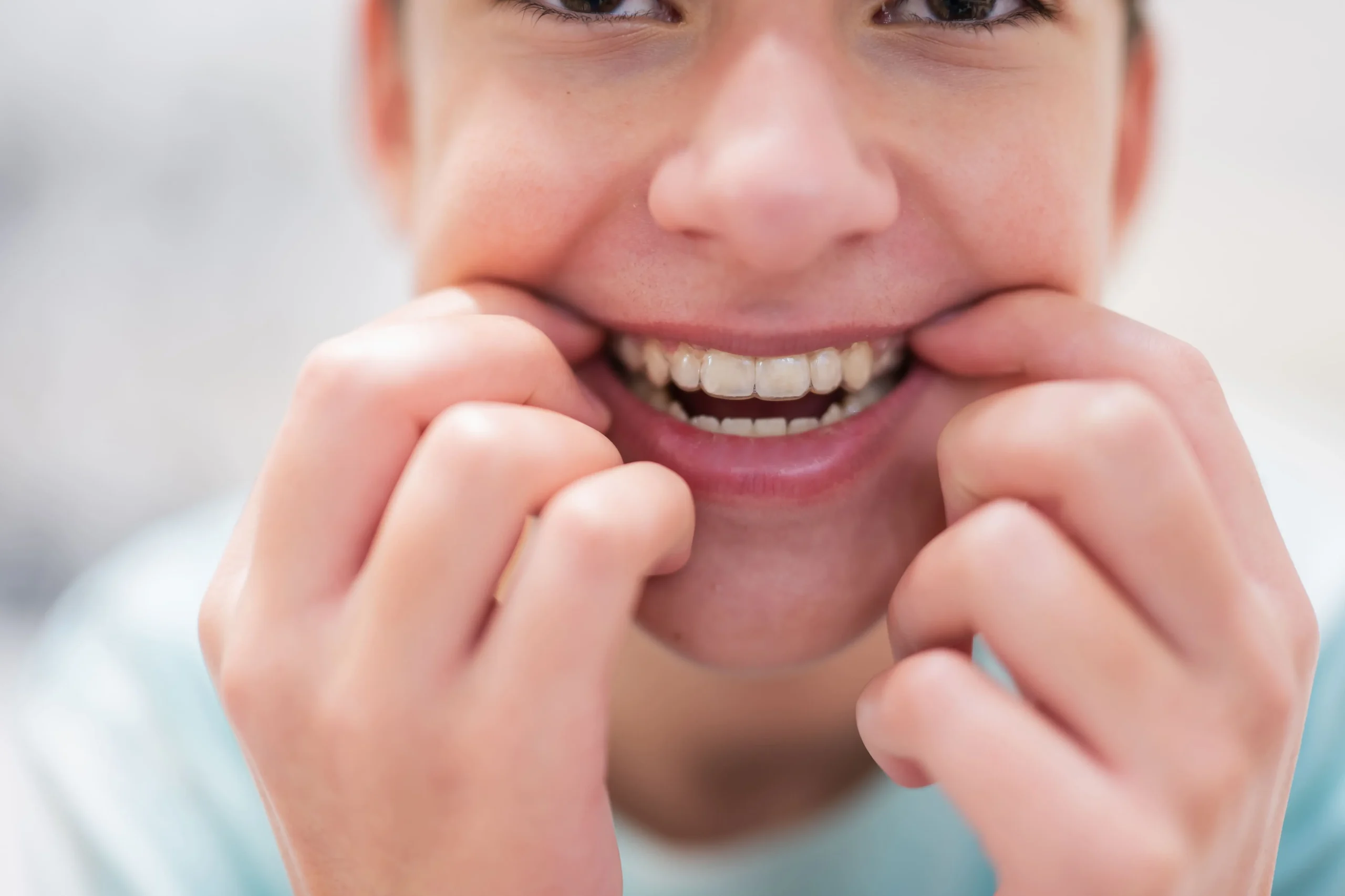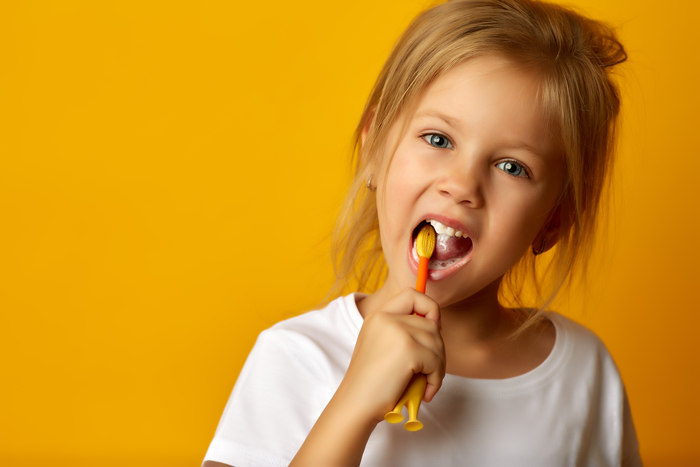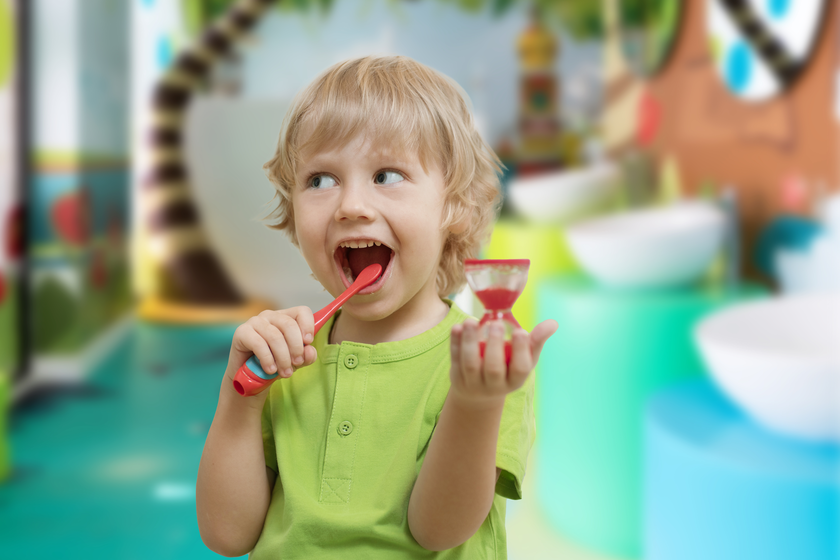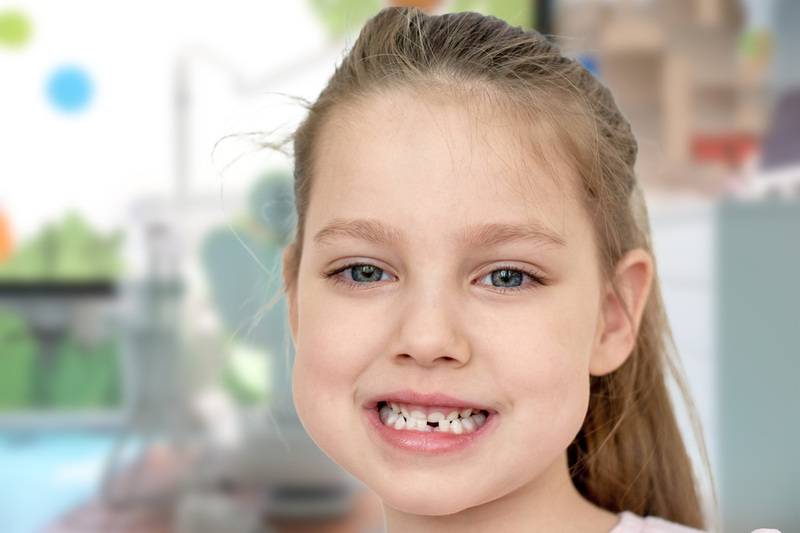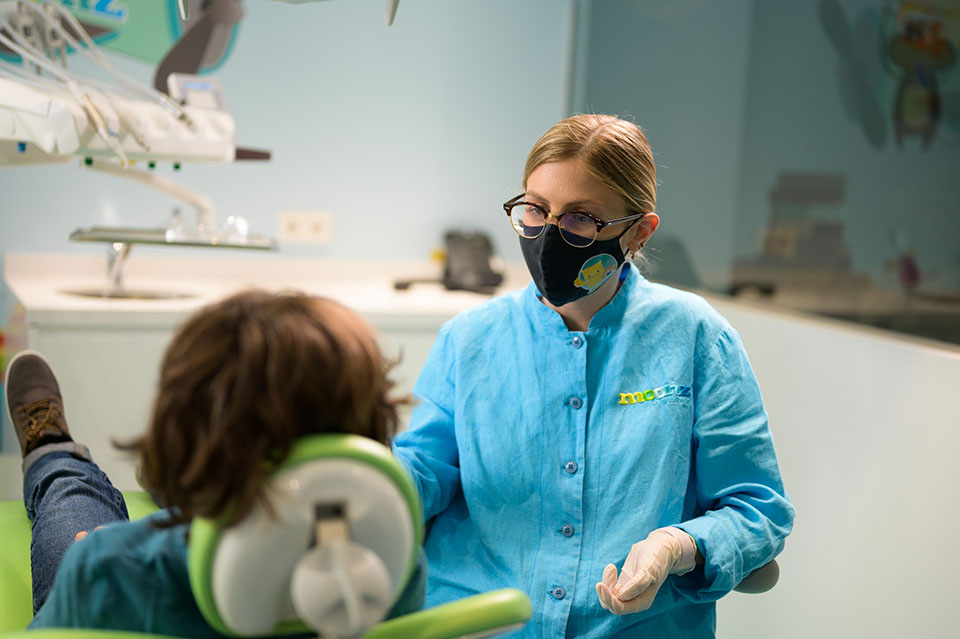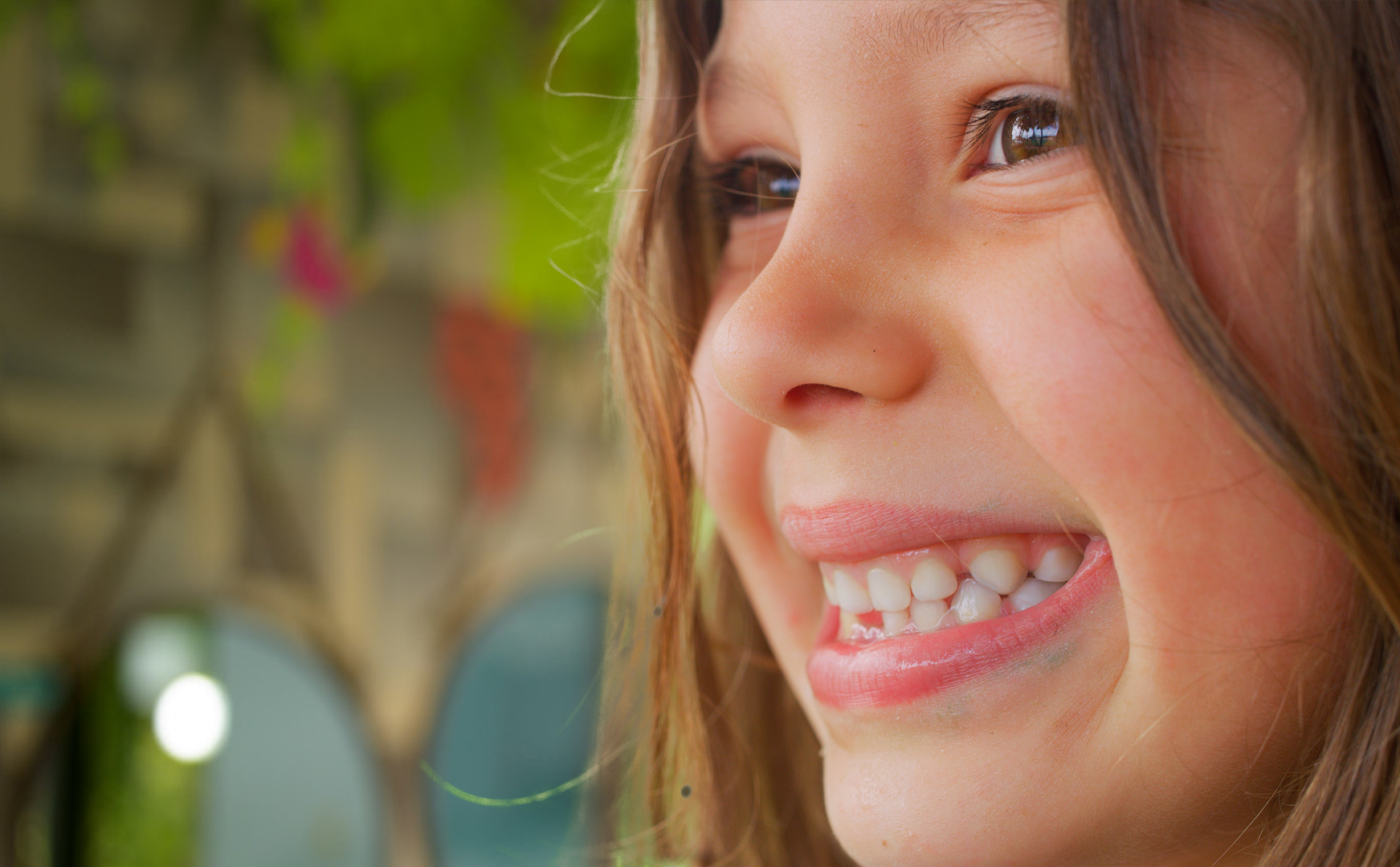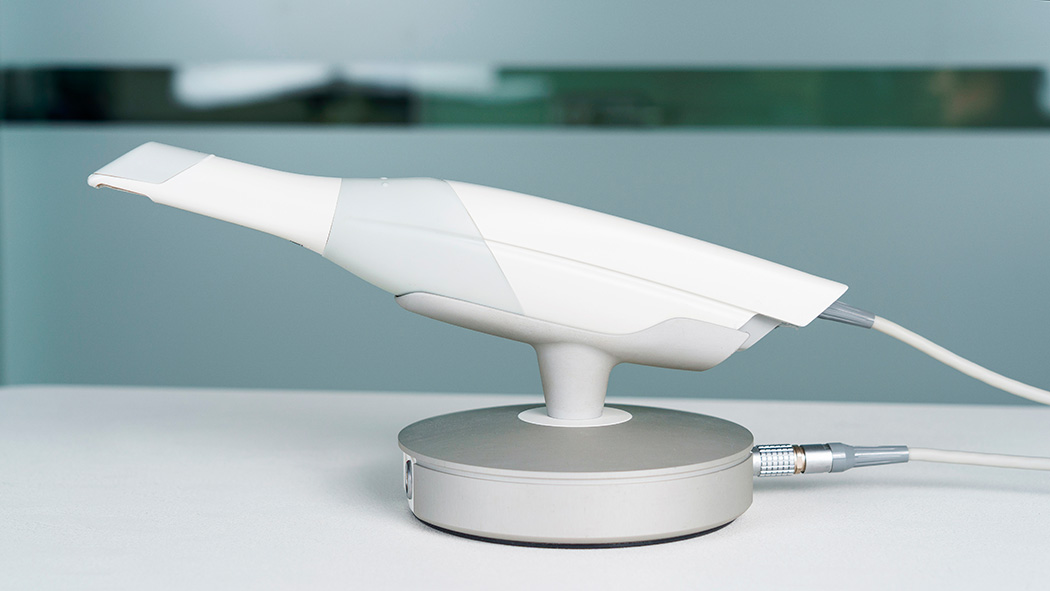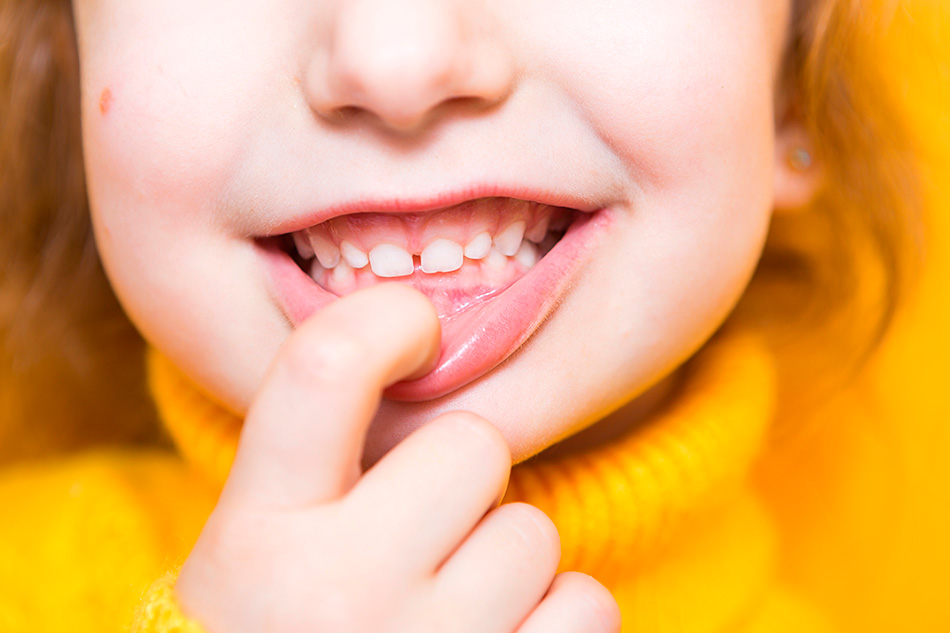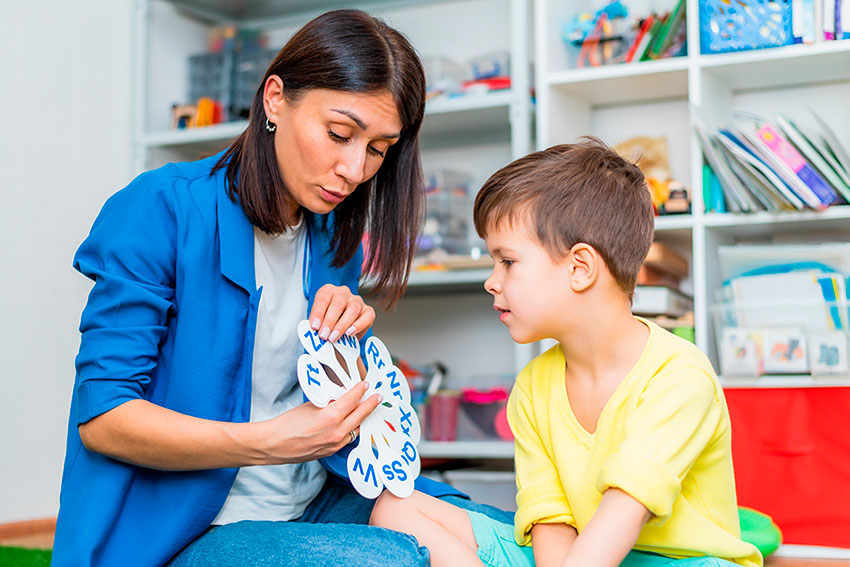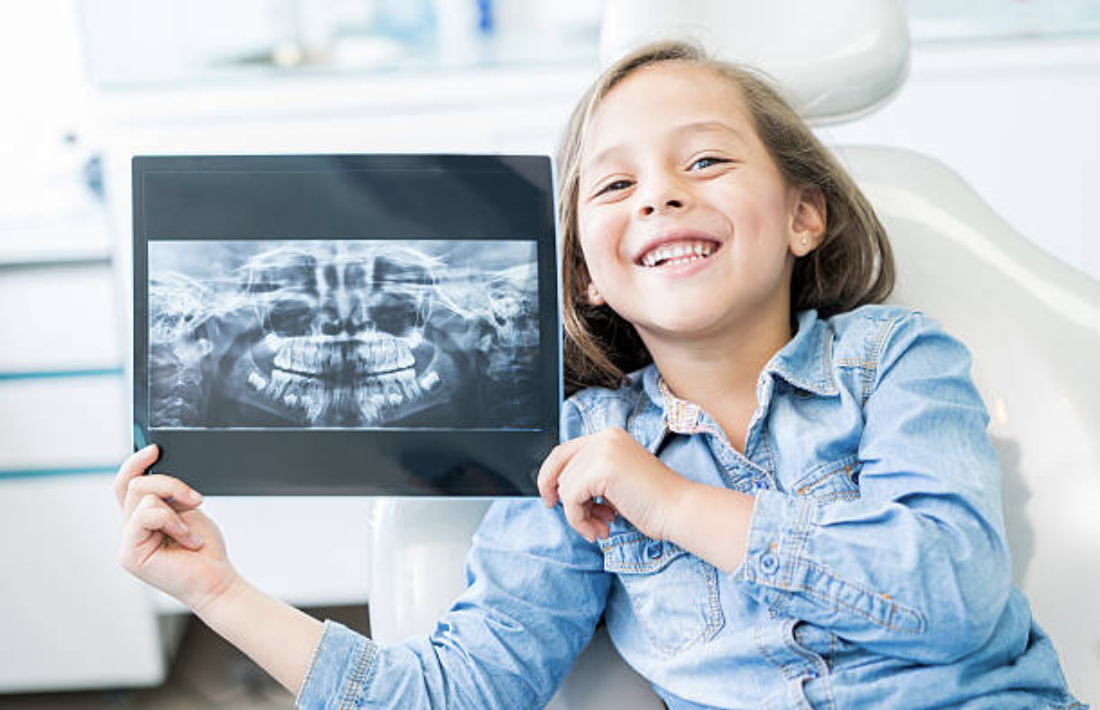Gingivitis is a fairly common disease in both children and adults, characterized by inflammation, redness and bleeding gums. In the following article we will explain the main causes and symptoms of childhood gingivitis in order to treat it on time, whenever it is present.
What is childhood gingivitis?
Childhood gingivitis is a mild periodontal disease, when it is still in its initial phase. This condition is caused by the accumulation of bacteria in the gum area which causes inflammation, redness and bleeding of the gums. It is important to treat it on time, since failure to do so can lead to periodontitis, a much more aggressive disease which involves loss of alveolar bone structure.
What are the causes of gingivitis in children?
One of the main causes of childhood gingivitis is poor oral hygiene. An inadequate oral hygiene favors the formation of bacterial plaque; that is, a viscous film made up of bacteria which builds up around the teeth, causing inflammation of the gums which leads to redness of the gums and bleeding. When you see a clear case of childhood gingivitis you have to seek the reason for the poor oral hygiene.
Sometimes it is not due to laziness when brushing but due to the presence of a cavity, wobbly milky teeth, permanent teeth eruption, etc. which is causing them pain and discomfort whenever they brush their teeth. This, in general, leads to poor oral hygiene. Whenever the above mentioned situation arises, the professional needs to talk to the child and to the parents to explain to them that this reaction will cause more bacterial accumulation, making the pain even worse. Therefore, once the situation is explained and clarified, it is necessary to teach them how to brush their teeth properly and carefully, even when it feels sore.
However, childhood gingivitis can also be associated with other infections such as gingivostomatitis, caused by the herpes simplex virus (HSV) or by certain drugs consumption which cause inflammation of the gums.
Main symptoms of childhood gingivitis
There are several symptoms of childhood gingivitis, the most prevalent are:
- Redness of the gums: They become brighter and deep red or purplish in color.
- Inflammation of the gums: As a consequence of the bacterial plaque accumulated in the gingival mucosa, that is, in the gums.
- Tooth pain or sensitivity: Discomfort arising when consuming hot or cold foods.
- Halitosis or bad breath: The accumulation of bacterial plaque tends to give bad breath.
- Sensation of gum movement: Children may feel that their gums are moving as they become inflamed and may be detached from the teeth in certain areas, more frequently,
interproximally (between teeth). - Abscesses: They appear in advanced stages, caused by the accumulation of pus in the gingival tissue.
How can gingivitis in children be prevented?
Preventing childhood gingivitis is relatively easy if the child can keep up with a correct oral hygiene technique and frequency which need to be taught and supervised. Among the most important hygiene routines are:
- A healthy and balanced diet: The intake of foods rich in sugars such as glucose or sucrose must be controlled, avoiding frequent high and medium intake, as this favors the
appearance of cavities. - Good oral hygiene: The importance of teaching dental brushing techniques to children and their parents/tutor. Dental brushing should last around 2 minutes and 2 times per day (if possible 3 times per day). There are some tricks to make these 2 minutes more enjoyable, such as playing their favourite song and telling them to keep brushing until it ends.
- Hydration: The mouth must always be hydrated, since the absence of saliva causes the proliferation of bacteria, progressively leading to possible gingivitis.
- Periodic check-ups at the paediatric dentist: At least once per year, the child should visit the paediatric dentist or general dentist in order to carry out a general check-up.
How to treat childhood gingivitis?
As soon as the first symptoms of inflammation or bleeding gums are detected, it is necessary to go to the paediatric dentist to evaluate the state of the present oral health of the
child and to determine the appropriate treatment. Tips to lower down the possibility of gingivitis appearance:
- Improve dental brushing techniques: Children must be made aware of the importance of brushing their teeth after each meal and be taught how to do it correctly.
- Reduce the intake of foods high in sugar and promote a diet rich in fruits and vegetables.
- Carry out a follow-up in your children’s dental clinic.
- If the dentist or specialist considers it necessary, a professional dental cleaning will need to be carried out.
- In some cases, the paediatric dentist may recommend the use of mouthwashes with antiseptics such as chlorhexidine, adapted for children’s use.
- The use of dental floss: Does not replace brushing. Dental brushing should be completed with the use of dental floss to remove food debris and bacterial plaque accumulated
between the teeth, where the toothbrush does not reach.
In summary, childhood gingivitis is usually reversible as it tends to be mild. For this reason, the recommendation would be to attend regular paediatric dentist appointments for general check-ups and to carry out a good oral hygiene routine and an appropriate professional treatment, if necessary, in order to prevent any type of pathology or to treat it on time, in case it arises.
Bibliography
- Castro Rodríguez Y. (2015): “Enfermedad periodontal en niños y adolescentes. A propósito de un caso clínico”. Revista Clínica de Periodoncia, Implantología y Rehabilitación Oral 11 (1). Pp. 36-38.
- Chávez Vereau N. y Alarcón Palacios M. (2012): “Enfermedad gingival en adolescentes: Diagnóstico y tratamiento”. Revista Estomatológica Herediana, 22 (3). Pp. 167-170.
- Matesanz-Pérez P., Matos-Cruz R. y Bascones-Martínez A. (2008): “Enfermedades gingivales: una revisión de la literatura”. Avances en Periodoncia, 20 (1). Pp. 11-25.
- Clerehugh V. (2008): “Periodontal diseases in children and adolescents”. British Dental Journal 204. Pp. 469-471.






